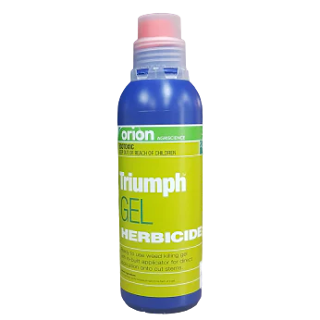What Are the Diverse Applications of Using High-Pressure Water Blasters in Agriculture?

High-pressure water blasters have become indispensable tools in various industries due to their exceptional cleaning power and versatility. These machines utilize pressurized water to remove dirt, grime, and contaminants from surfaces. Using the water blaster in NZ offers efficient and environmentally friendly cleaning solutions. But one of the most frequently used sectors is agriculture, as agricultural cleaning and hygiene are prevalent in poultry and food harvesting. But before you know how you will use the water blaster in your agricultural actions, it's essential to have in-depth knowledge of the working mechanism of the water blasting machine. How does the water blaster machine work? The water blaster machine is a pressure washer that uses a motor or engine to drive a pump that pressurizes the water. The basic principle behind its functionality involves creating a high-pressure stream of water to clean surfaces more effectively than conventional methods. The machine has sev...




